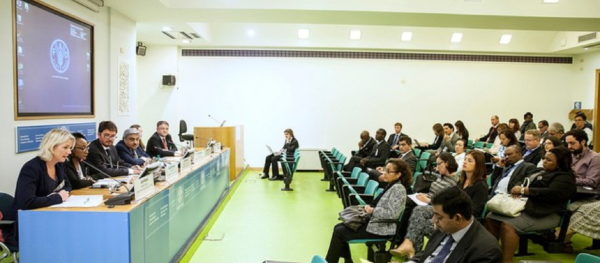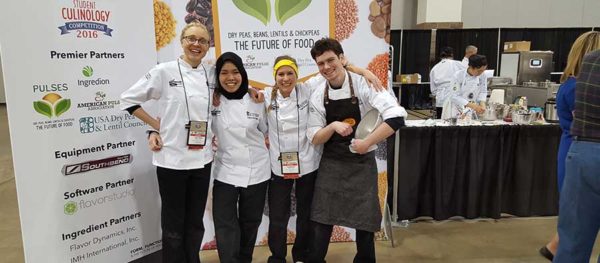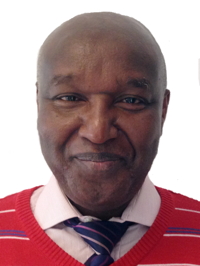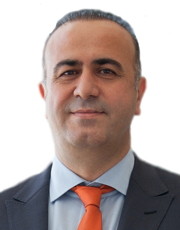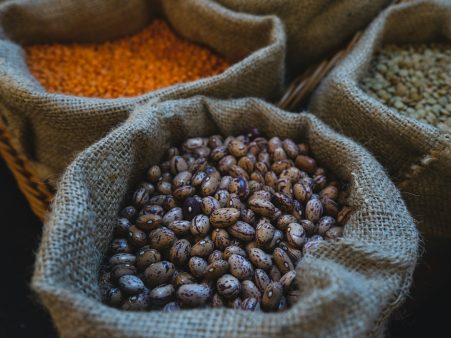Tag: international year of pulses

The Importance of Global Standards to Facilitate the Food Trade
Global: President of the Global Pulse Confederation (GPC) outlines the trade challenges facing the pulse industry, and how they can be addressed.
Read MoreWinning Innovators Pitch Pulse Products at IFT2016
Global: The "LovePulses Produce Showcase" competition set out to discover a new wave of pulse products for the market, in celebration of the International Year of Pulses.
Read MorePurchasing Pulses to Support Women Producers
Africa & Middle East: Senior Programme Adviser at World Food Program's Purchase for Progress explains the power of buying a bag of pulses from a female farmer.
Read MoreHakan Bahceci: Making 2016 a Breakout Year for Pulses
Global: Former President of the Global Pulse Confederation explains why everyone should be talking about pulses in 2016
Read MoreVideo: Why We Need an International Year of Pulses
Northern America: On the official launch of the International Year of Pulses, Tm McGreevy explains why beans, peas and lentils are being put in the spotlight.
Read More